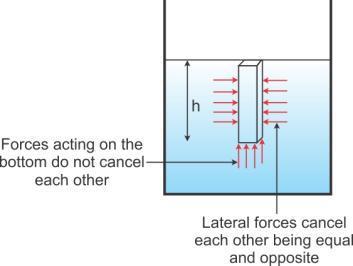Fill in the blank: selection is an end, not _______.
-
Subject:
Business Studies -
Author:
nala82 -
Created:
1 year ago
Answers 2
selection is an end,not __start
___
-
Author:
amparoking
-
Rate an answer:
5
Selection is an end, not a start.
- Selection means choosing the right person and the right skill required to do the particular job.
- The process of selection is quite long it involves identifying the hiring needs and preparing the job description.
- Whether you need to receive the applications from various people and screen them accordingly. After shortlisting ways can we read some are called for interview. If the applicant is selected a medical test is done after which he is selected for the job.
-
Author:
edward912
-
Rate an answer:
4
If you know the answer add it here!
Choose a language and a region
How much to ban the user?
1 hour
1 day
100 years

